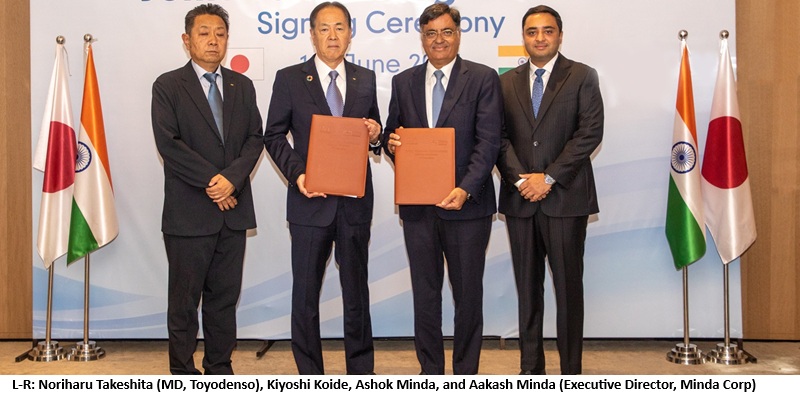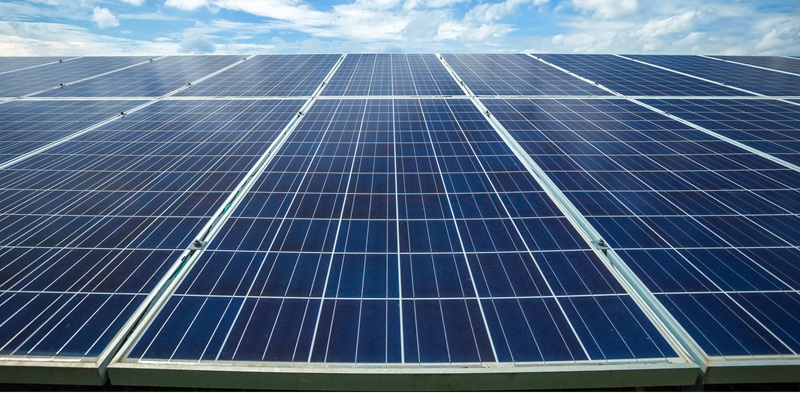Schedule a Call Back
The 3D experience for energy
 Interviews
Interviews- Oct 01,16

How Dassault Systèmes’ 3DEXPERIENCE platform helps achieve performance, reliability and safety while reducing development delays and costs.
Dassault Systèmes, the 3DEXPERIENCE Company and world leader in 3D design software, 3D Digital Mock Up and Product Lifecycle Management (PLM) solutions, recently announced that the 3DEXPERIENCE platform now extends the support of XMpLant with an integrated high-performance software tool providing interfaces to the major process plant and ship design systems used by the energy, process and utilities and the marine and offshore industries. Companies in these domains can now transfer legacy engineering models with associated intelligent information to the 3DEXPERIENCE platform in order to improve collaboration, design time, productivity and operations.
Affordable and sustainable energy, zero accidents, smart supply and demand, 100% compliancy, 24/7operations, and knowledge capitalisation – these are the values that both consumers and companies have today for contributing to a more sustainable world. Companies in the global energy industry are under intense pressure. Power demand is growing exponentially and must be met. Compliance with increasingly stringent health, safety, and environmental regulations is mandatory. New facilities must be brought online quickly and economically. Aging infrastructure must be upgraded and modernised with minimal service interruptions.
Statistics gathered by the company indicate that on an average, 85% of energy, process and utilities capital projects are delivered beyond schedule. In addition, 70% of them are over budget. The money is being lost mainly on account of insufficient planning; difficulty coping with changing requirement; and poor visibility of project controls (schedule, finance, policies, etc). This is a humongous amount of loss which may be attributed to a host of factors. If this spells bad news, there is good news as well: such losses can actually be prevented by making use of available technologies.
Dassault Systèmes’ Integrated Plant Engineering Industry Solution Experience, based on the 3DEXPERIENCE platform, helps achieve performance, reliability and safety while reducing development delays and costs. It leverages the possibilities offered to develop a virual twin of the future actual plant. The digital twin is the digital multidisciplinary configured mock-up in the age of experience that integrates multiphysics, multiscale and probabilistic simulations, creating a sustainable competitive edge through innovation.
At the 3DEXPERIENCE Forum Mumbai held early last month, the company had gathered close to 400 delegates from various industry segments to connect with senior executives from a range of companies and industries to gain insight into how today’s leaders are driving their businesses to create captivating experiences for their end customers.
Speaking on the sidelines of the forum, Philippe Audrain, Energy Process & Utilities Director & Business Experience Consultant, Dassault Systèmes, spoke to Industrial Products Finder on the on how 3DEXPERIENCE Platform leverages the company’s world-leading 3D software applications to transform the way products are designed, produced, and supported, enabling businesses to craft delightful customer experiences. Excerpts:
How do companies in the energy sector benefit by the 3DEXPERIENCE?
Oil & gas, power plants – conventional as well as renewables – belong to the energy segment where companies are making massive investments in terms of materials and machinery in a 24x7 operation. All these are capital intensive industries with large investments running huge and complex facilities. We help them optimise their resources, to build safe and quality assets in terms of first creating the infrastructure and then running it efficiently through a proper maintenance schedule, in a time bound manner. These are assets that last for decades with 24x7 operations and hence it is important to ensure nothing goes wrong. This is not an easy task – it is not just about the capital expenditure but also the operating expenditure. What we do is harmonise and optimise the various operations, taking a holistic view and transform all document-based processes to a digital one for asset lifecycle information and knowledge; and second, connect organisational silos across the value chain. For example consider wind energy. Our Sustainable Wind Turbines Industry Solution Experience can help clients improve wind turbine performance and reliability, while delivering large-scale projects on time and on budget taking into consideration the total sustainability in terms of project, engineering, blade design, material – composites, performance, sourcing and manufacturing.
Who are the typical clients? Is it companies building new plants or those with existing facilities?
Yes, we work with both these categories – those building new plants as well as with existing plants. While in developed countries it is more a case of working with existing installations where it is mainly maintenance and refurbishments, in Asia – particularly in China and India – the work is generally in new projects where the demand for energy is so high that new investments are continuously made in Greenfield projects where we are engaged right from the planning stage to end of the lifecycle management and everything in between. But even working with existing projects is a complex job. With plants that have been in operation for decades and undergoing revamp and modernisation, the task is often more complicated than a new project.
What are the various tools that help achieve this?
Dassault Systèmes has best in class product development software applications that enable 3D design, engineering, 3D CAD, modelling, simulation, data management and process management through software suites like CATIA, SolidWorks, Enovia, Delmia, Simula, Geovia and others. Together these are the products that work on the 3DEXPERIENCE platform seamlessly and facilitate the digital transformation referred to earlier, from the document based process. It involves a large amount of technical and scientific information that is put together and processed logically and sequentially. First the model of the entire plant is built virtually and then all the activities that take place in a real plant are simulated taking into consideration all the possible scenarios that are likely to happen in real life and optimise the model, which shortens the process. Finally this digital transformation is complete when the actual plant is built and all the operations are regulated and controlled in real time as these were designed to perform virtually. So it is a data driven system rather than document based.
So how exactly these solutions work in life cycle management?
There are four steps here. The first is of course Plant Engineering – how to engineer the plant, this is right from the concept stage. The second step is the building of the plant – how to optimise the construction of the plant taking into consideration all the integrated planning on the drawing board. The third step is efficient running of the plant with optimal use of resources. Finally, the fourth step is the disman-tling of the plant once its life is over – to do so in an environment friendly way recovering whatever can be removed, salvaged, reused or disposed off safely.
What are the types of plants the company has worked with in India?
In India we have worked with hydro power and the nuclear power industry and also in wind power industry. As of now we do not have much engagement with the solar power segment, but it is another important emerging sector in the energy universe. Besides we are working in the oil and gas industries – the refineries and installations. As is obvious, it is not just a onetime engagement but one that lasts the lifecycle of the particular plant.
Related Stories

Minda Corp, Japan's Toyodenso form JV for advanced automotive switches in India
The joint venture will set up a greenfield facility in Noida (Uttar Pradesh) with operations expected to commence in the second half of FY 2026–27.
Read more
Calderys sets sustainability benchmark at Odisha refractories plant
Calderys advances its green goals with the CAPES project in Odisha, integrating solar power, water recycling, and emission controls to set a new benchmark in the refractories sector.
Read more
Waaree Solar Americas secures 599MW US deal, expands clean energy presence
The modules will be produced at Waaree’s modern manufacturing plant in Brookshire, Texas, with deliveries scheduled for the 2026 calendar year.
Read moreRelated Products

Heat Exchanger Scale Removal Compound -hesr-300


Universal Tapping Machine -model Tr-10/15
Tapping
Machine Tools offers universal tapping machine -model TR-10/15.
Hi There!
Now get regular updates from IPF Magazine on WhatsApp!
Click on link below, message us with a simple hi, and SAVE our number
You will have subscribed to our Industrial News on Whatsapp! Enjoy











